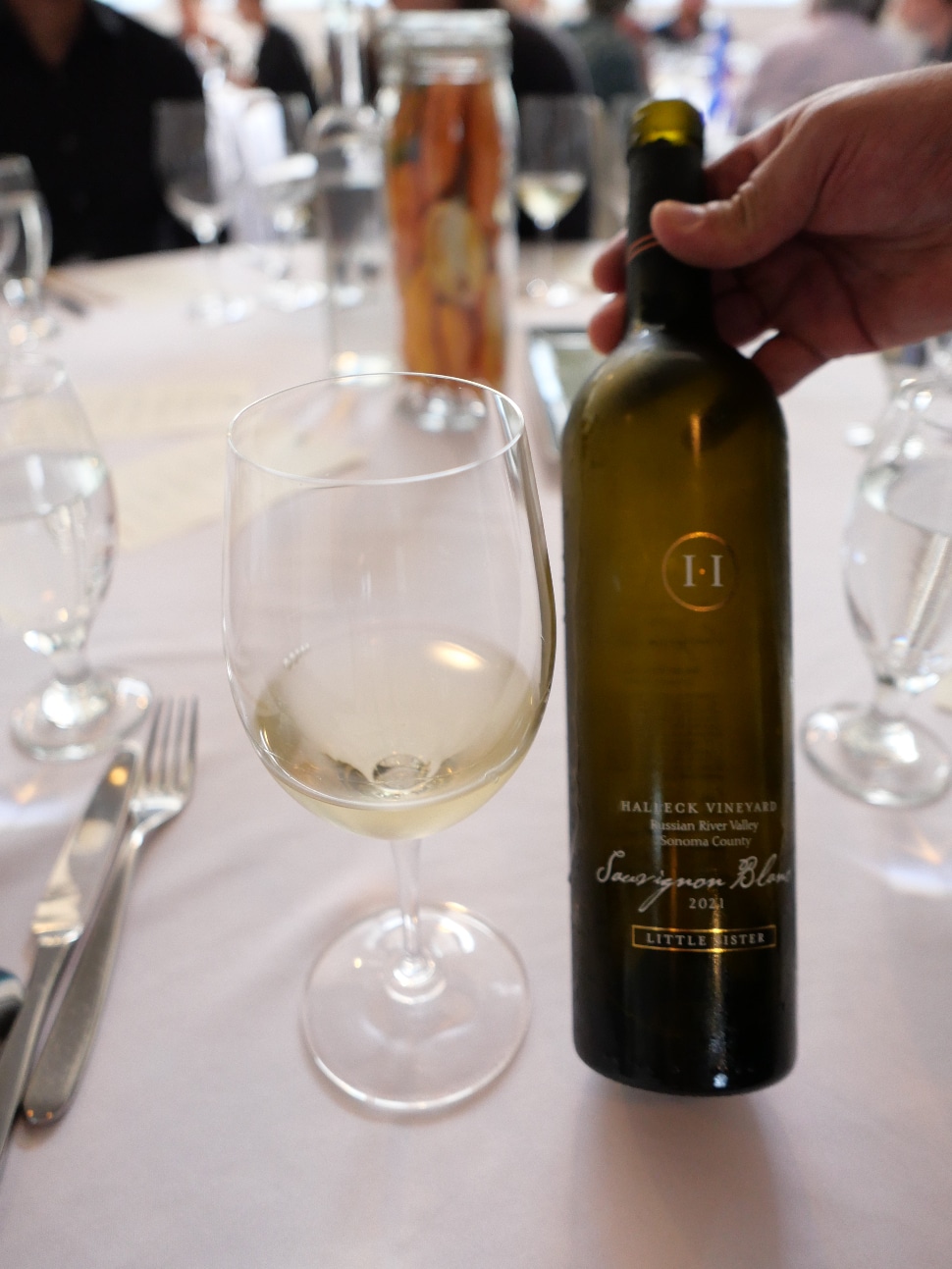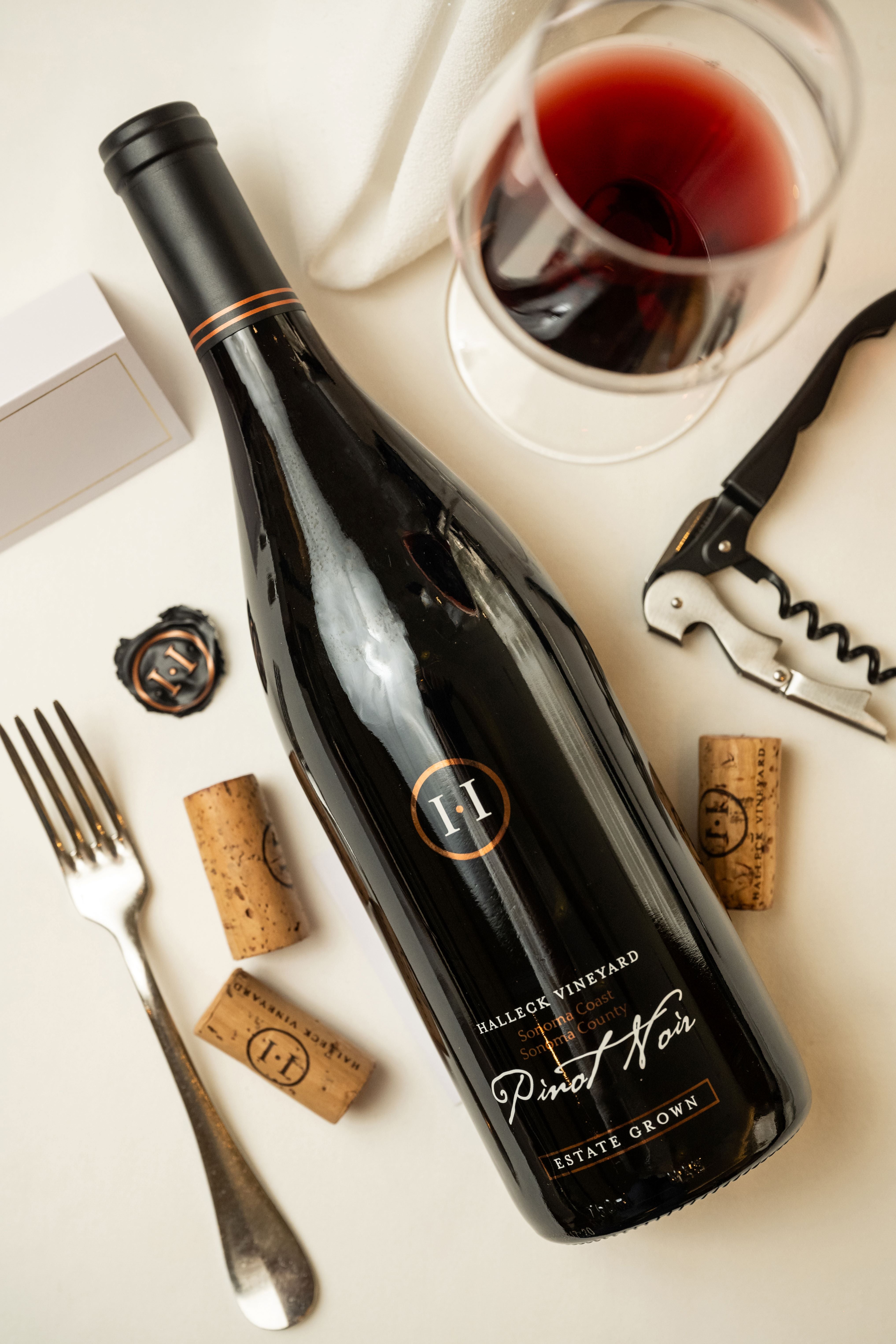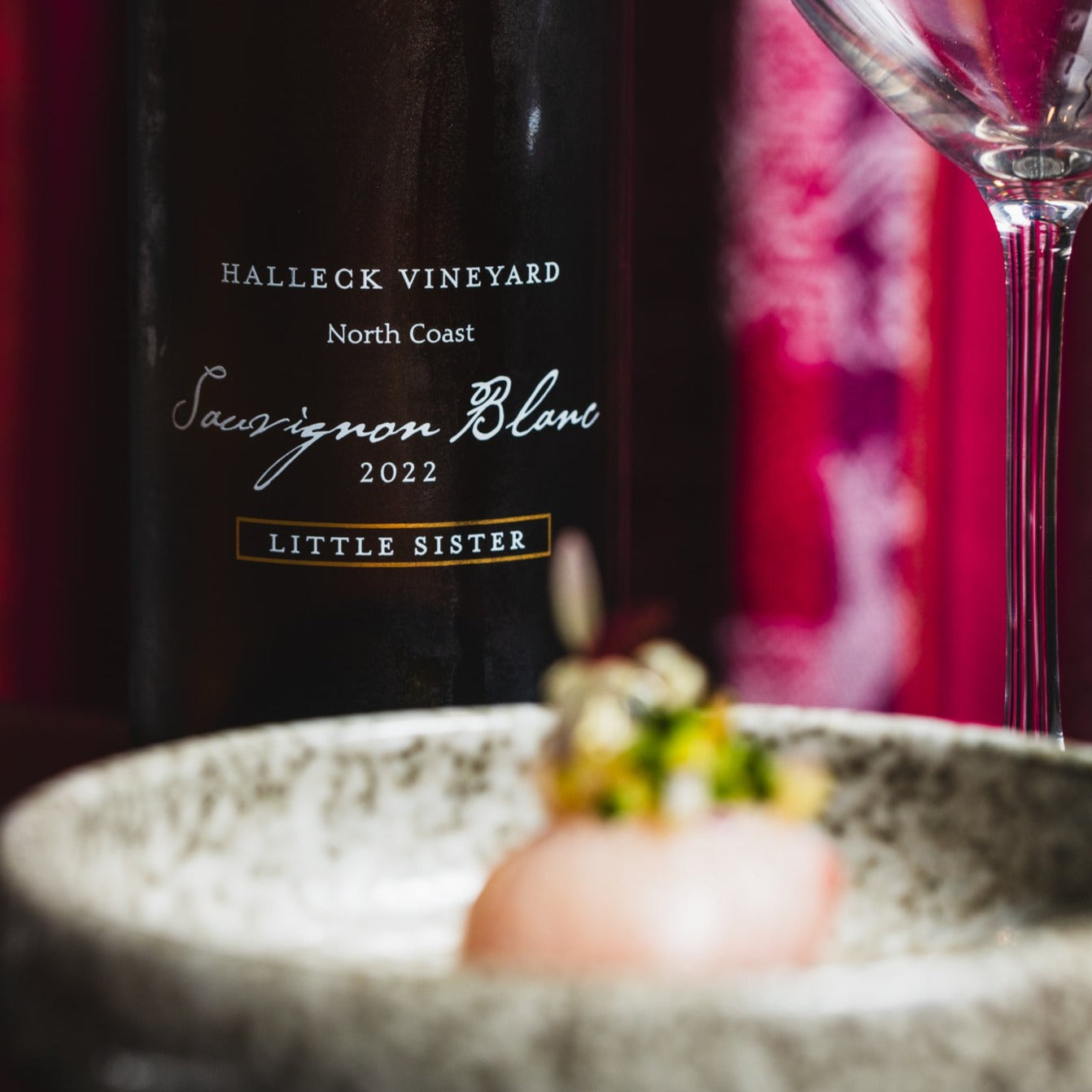Explore unique Wineries in Sebastopol for Exceptional Wine Tasting
Understanding the nuanced vocabulary associated with winery wine tasting is crucial for both novices and seasoned connoisseurs alike. Each term brings to life the experience of tasting wine and may improve one’s appreciation of the many intricacies involved. Wine tasting is extra than simply ingesting; it is an art that involves various senses and emotions.
To begin with, the term "nostril" refers to the aromas one detects when smelling the wine. This is a crucial step because the bouquet sets the stage for the tasting experience. Notes of fruit, spice, earth, and wood might mingle, providing a glimpse of what the palate would possibly verify. Understanding "nosing" the wine can dramatically elevate one's sensory journey.
Another key aspect is the term "body." The body of the wine describes its weight and fullness on the palate. A full-bodied wine has a robust presence and tends to linger longer after swallowing. Conversely, light-bodied wines may really feel extra delicate and refreshing. Recognizing the physique helps tasters assess the wine's construction and steadiness.
Seasonal Wine Tasting Festivals in Sebastopol 95472
The concept of "tannins" is important in red wine tasting. Tannins are compounds derived from grape skins, seeds, and stems, contributing to a wine's texture and growing older potential. Excessive tannin wines usually lead to a dry mouthfeel, whereas lower tannin levels yield a smoother experience. This distinction is especially necessary when pairing wines with food, as tannins can either complement or clash with certain dishes.
In addition to tannins, "acidity" plays a big function within the wine tasting experience. Acidity provides wine its crispness and liveliness - Highly Recommended Wineries for Private Tours in Sonoma County. Wines with greater acidity tend to be refreshing and energizing, making them glorious companions for quite lots of foods. Recognizing acidity can drastically enhance one’s food-pairing capabilities and overall tasting enjoyment.
When delving into the flavour profile of a wine, one may encounter the term "finish." The end refers to the aftertaste that lingers in the mouth after swallowing. A long end is often related to high-quality wines, because it signifies complexity and depth. A short end could suggest a simpler wine. Figuring Out how to evaluate the end can reveal much a few wine's character.
Exploring the "vintage" can be integral to wine tasting terminology. The vintage denotes the year by which the grapes had been harvested. Different years can yield vastly totally different outcomes as a outcome of variations in climate situations. For instance, a scorching summer time can produce more concentrated flavors, while a cooler yr may yield extra subtle, nuanced wines. Understanding vintage allows for a deeper appreciation of a wine’s origin and potential.
Enjoy Sustainable Wines at Sonoma Wineries
The term "terroir" encompasses the geographical and environmental factors that contribute to a wine's distinctive character. Factors corresponding to soil type, local weather, elevation, and topography all play a role within the flavor and quality of the wine. This connection to position helps one understand why wines from completely different regions can style so distinctively different, even when produced from the same grape selection (Join Tasting Events in Sebastopol).

When partaking with wines, the phrase "leg" refers back to the droplets that form on the within of the glass after swirling. These droplets can indicate the wine's alcohol content and viscosity. Whereas observing the legs won't directly relate to the wine’s style, it provides to the overall experience and intrigue of wine tasting less clear.
Savor Unique Wine Tastings in Russian River Valley 95404
A more specific term that may arise during tastings is "oak." The influence of oak barrels on wine can impart flavors similar to vanilla, toast, or spice. The degree of oak aging can vary widely among wines, affecting each aroma and style. Understanding oak therapy supplies insights into the winemaker’s selections and the ensuing complexity of the wine.
In wine tasting, one may additionally hear the term "palate." The palate refers to the total style experience in the mouth. This encompasses sweetness, bitterness, acidity, and body. A well-balanced palate is essential for a harmonious tasting experience, and recognizing any imbalances helps assess the standard of the wine.
The experience of wine tasting is tremendously enriched by understanding the terminology that accompanies it. Every term serves a objective, enhancing the ability to convey thoughts and emotions in regards he said to the wine one's experiencing. This vocabulary bridges communication between tasters, sommeliers, and winemakers alike.

To fully enjoy wine tasting, it is important to interact all senses. The sight of the wine, its colour, and clarity can present perception into its age and high quality. Swirling the wine releases aromas that heighten the olfactory experience, while the actual tasting permits for an entire evaluation of the wine's profile.
Top Wine Tasting Rooms in Sonoma
In conclusion, understanding the detailed explanation of winery wine tasting terminology greatly enhances the experience of tasting. Each term invitations the taster to have interaction extra deeply with the wine, encouraging connections to the senses, the winemakers, and the lands the place the grapes are grown. This nuanced vocabulary creates a richer, extra fulfilling wine tasting experience.
- Aroma refers to the scents launched by the wine, which might point out its grape selection and affect the tasting experience.
- Tannins are pure compounds present in grape skins, seeds, and stems, contributing to the wine's construction and getting older potential.
- A end, or aftertaste, is the lingering flavor sensation that continues to be on the palate after swallowing, often a key indicator of quality.
- Physique describes the burden and fullness of wine within the mouth, typically categorized as light, medium, or full-bodied.
- Terroir denotes the distinctive environmental traits of a vineyard that affect the taste and quality of the wine, including soil type and local weather.
- Acidity is a important part that contributes to a wine's freshness and steadiness, impacting its getting older functionality and general flavor profile.
- Vintage indicates the year grapes have been harvested and plays a significant function in figuring out the wine's traits, reflecting specific climatic conditions.
- Decanting entails pouring wine from its bottle into one other vessel, permitting it to aerate and enhancing its flavors and aromas.
- A corked wine may be tainted by a faulty cork, leading to musty or off-putting flavors that detract from the wine's supposed profile.
- The term “legs” refers again to the droplets that cling to the inside of a glass after swirling, often related to the wine's alcohol content and viscosity.undefinedWhat is the meaning of "nostril" in wine tasting?undefinedThe "nostril" refers back to the aroma profile of the wine, which is detected through the sense of scent. It's an essential aspect of wine tasting, as aromas can reveal so much concerning the grape variety, winemaking course of, and growing older.
How should I correctly taste wine?undefinedTo taste wine successfully, comply with these steps: observe the color, swirl the wine to aerate it, take a gentle sniff to seize the aromas, sip and let it coat your palate, and eventually, note the finish. This method helps in appreciating the wine’s complexity.
What are "tannins" and the way do they have an effect on wine?undefinedTannins website here are natural compounds present in grape skins, seeds, and stems that contribute to a wine's construction and astringency. They can create a drying sensation in the mouth, and they also play a task within the wine's aging potential.
Dining with a View in Sonoma Wine Country 95468

What does the term "balance" imply in wine tasting?undefinedBalance refers back to the concord between the different elements of a wine, such as acidity, sweetness, alcohol, tannin, and flavor depth. A well-balanced wine will have every of these components supporting one another somewhat than overpowering the others.
What is the significance of "terroir" in wine tasting?undefinedTerroir encompasses the environmental factors—such as soil, local weather, and geography—that influence the characteristics of the wine produced in a selected region. Understanding terroir helps tasters recognize the distinctive qualities that different areas impart to their wines.
What does "vintage" imply and why is it important?undefined"Vintage" indicates the yr when the grapes were harvested. It is crucial because it impacts the wine’s high quality and characteristics, as climate conditions through the rising season can significantly affect flavor profiles and aromatics.
What are "legs" and what do they signify?undefined"Legs" discuss with the droplets that type and run down the within of a glass after swirling wine. Whereas they'll indicate alcohol content material and viscosity, they don't determine quality—this is more about personal notion of richness.
Exceptional Wine Flight Experiences in Sonoma 95433
What does "full-bodied" mean versus "light-bodied"?undefined"Full-bodied" wines are rich, dense, and infrequently have higher alcohol content material and sophisticated flavor profiles, while "light-bodied" wines are extra delicate and refreshing with a lower alcohol content material. This distinction helps tasters understand the anticipated weight and mouthfeel of the wine.
How can I identify fruit flavors in wine?undefinedTo establish fruit flavors, consider the aroma and style profiles. Swirl the wine, inhale deeply to capture the bouquet, and focus on particular characteristics. Familiarity with typical fruit profiles of varied grape varieties can enhance this identification course of.
What is "end" in wine tasting?undefinedThe "finish" refers to the aftertaste that lingers within the mouth after swallowing. A long, advanced finish is usually a sign of high quality in a wine, because it reflects the depth of flavor and total craftsmanship in the winemaking course of.
Comments on “Step into the World of California's Wineries”